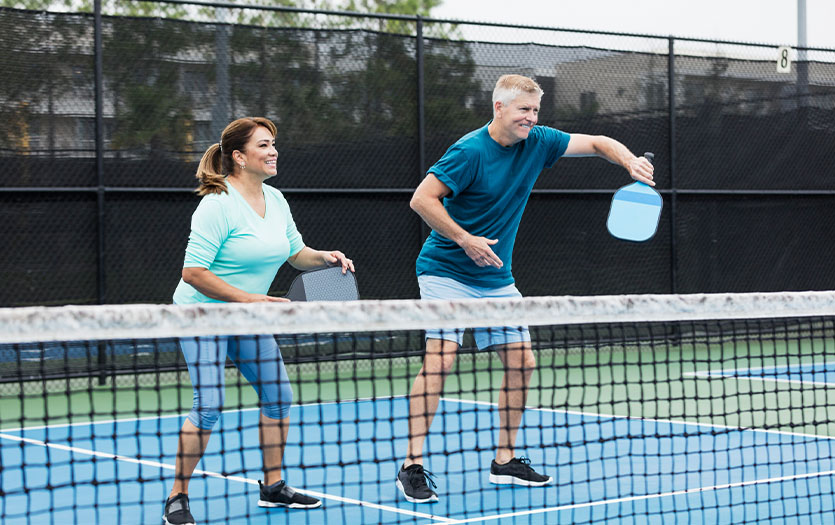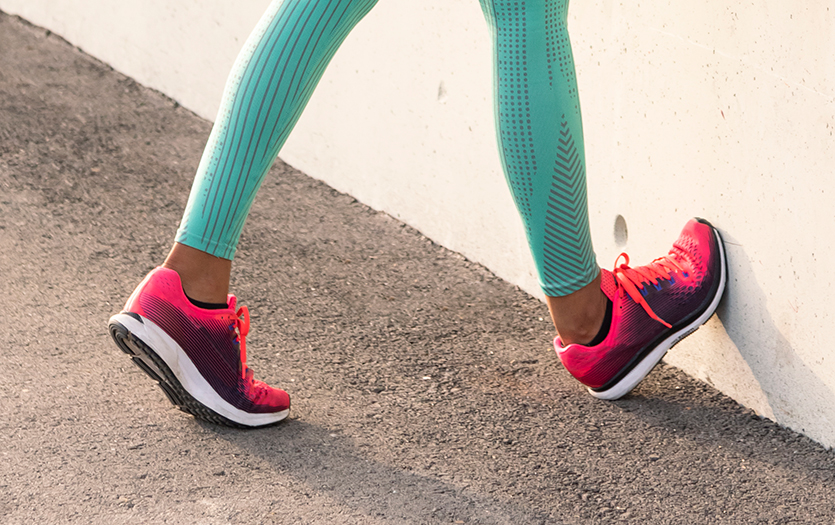
This post was written by Meghan Banik, certified athletic trainer, Parkview Sports Medicine.
September is Sports Eye Safety Month, an observance intended to help educate people about the prevention and treatment of sports eye injuries. The use of eye protection has helped to reduce the number and severity of these events, but we still need to educate athletes about the importance of adherence.
Causes
Some of the most common sports where we see eye injuries are basketball, water sports, baseball and racquet sports. The most common mechanisms of eye injuries involve blunt, penetrating and radiation injuries. It’s helpful to know how to recognize and manage eye injuries to help decrease events in these sports.
Diagnosis
A physical examination of a potential eye injury can help in the proper diagnosis and management of the injury. It’s important to look for obvious deformities, foreign bodies and/or eyelid lacerations.
Having a basic “eye kit” on the sidelines can help with the initial diagnosis and management of eye injuries. A pen light, cotton swabs, eye shields, sterile saline and contact lens remover are good items to have in a sideline kit.
A provider should also check visual acuity to help diagnose injuries to the retina, optic nerve or central optic pathways. A pen light can help test the pupil’s reactivity to light and also test for a relative afferent pupillary defect.
A timely diagnosis is imperative in the event of a serious injury. In all instances, the athlete will need to have a consultation with a specialist.
Prevention
Facemasks and goggles with poly-carbonate lenses can help reduce eye injuries in contact sports. Be sure the eyewear adheres to the American Society of Testing and Materials standards and make sure it fits well to help prevent cutting into the skin. Athletes with contact lenses should always have a backup pair.
Overall, eye injuries are very common in sports, and athletic trainers should be on site and capable of providing an initial evaluation and treatment. It’s important for all athletes participating in high contact sports to take preventative care in wearing eye equipment to help decrease the chance of a traumatic eye injury.
References
Toldi James, Thomas L. Justin, Evaluation and Management of Sports-Related Eye Injuries. Current Sports Medicine Reports. 2020;(19)1:29-34



